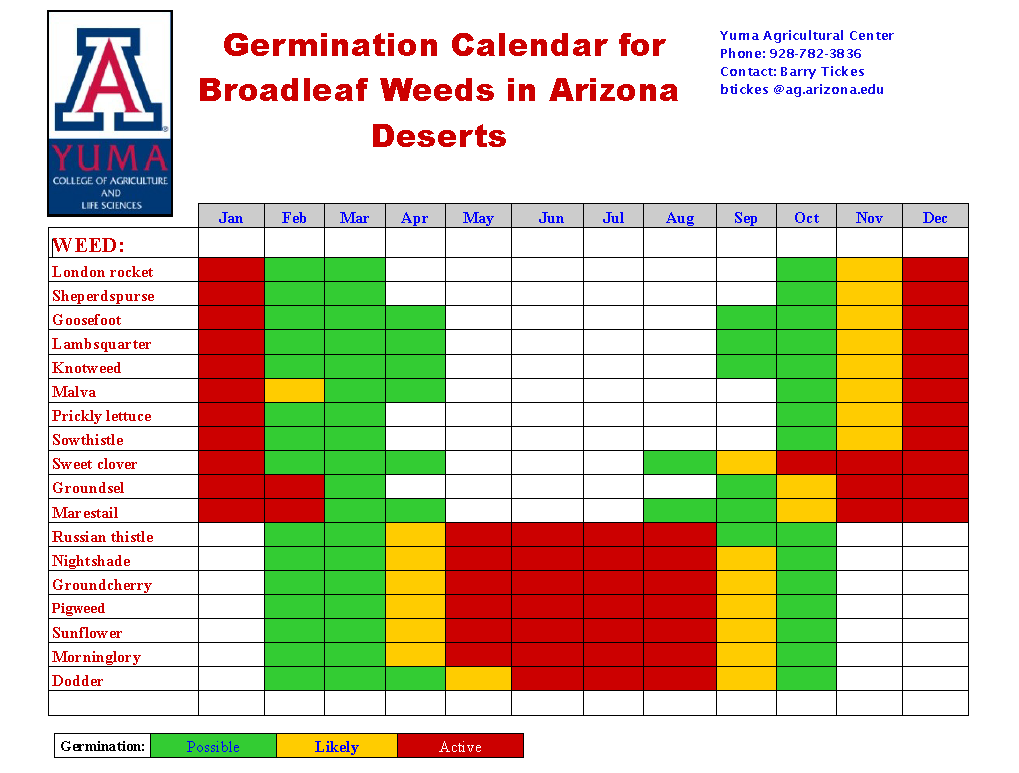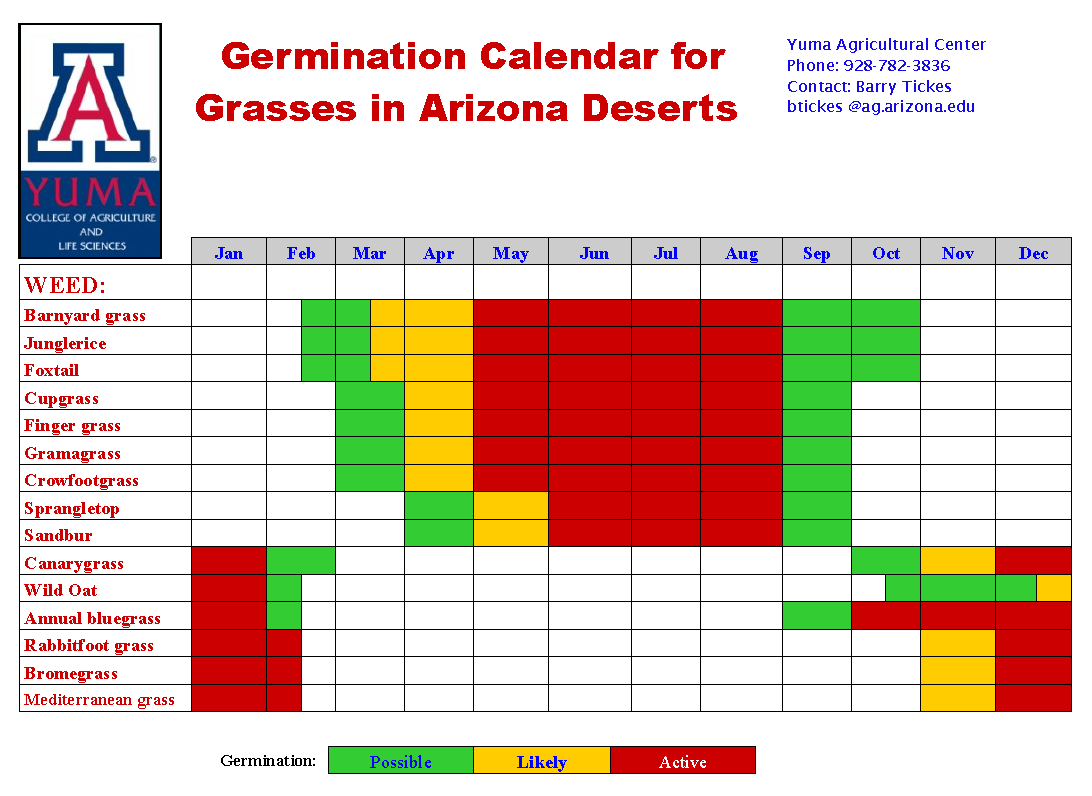Any long term weed management strategy has to focus on reducing the reservoir of
weed seed in the soil. This can be very difficult because of characteristics that
weed seeds possess that allow them to survive. These include seed numbers, seed
dormancy, longevity, ability to disperse and rapid establishment.
Seed Numbers:
one of the most important characteristics that allows weeds to survive is their
sheer numbers. Most are extremely prolific. The number of seeds produced per plant
and by species is extremely variable. Representative examples are: canary grass
produces 10,000 to 30,000 seeds per plant, sowthistle - 15,000 to 20,000, purslane
- 50,000 to 75,000, goosefoot - 70,000 to 100,000 and pigweed - 115,000 to 200,000
per plant. When weeds are allowed to produce mature seeds, they are deposited back
into the soil and build up year after year.
Longevity: If all weed seeds germinated
at the same time they would be much easier to control. They don’t. Some germinate
today, some next week, on and on for up to 40 years for some species. Some of the
characteristics that facilitate this are physical, like hard seed coating and some
are biochemical.
Ability to Disperse: Many weed seeds have characteristics that
allow them to fly, float and attach. Sandbur, burclover, puncturevine and others
are notorious for their ability to attach to just about anything. Cocklebur was
the inspiration for the development of Velcro. Some weed seeds fly with structures
that resemble parachutes (sowthistle, groundsel and other composites), gliders(some
clovers and trees such as ash, maple and box elder). Other species have structures
that allow them to float on water. Curley dock for instance, has a bladder that
helps it stay afloat in irrigation and drainage water.
Rapid Establishment: Many
weed seeds germinate rapidly before, during or after the crop seed has germinated.
Rapid establishment allows some species to be well established before the crop emerges.
We have included below a germination calendar for broadleaves and grasses for our
area.
|




